Exactly 68 years ago on this day, March 15, 1951, the Iranians managed to wrest their main national treasure, oil, out of the imperialists’ grab. By doing this, they kicked off struggle for independence and economic development of their land.
Through the efforts of Mohammad Mossadegh, the leader of the National Front party during the rule of Shah Mohammad Reza Pahlavi, the Iranians stripped the Anglo-Iranian Oil Company (AIOC) of all the privileges in owning their country’s black gold.
Mossadegh said then oil revenues would enable the Iranians to match all their needs and to put an end to poverty, illiteracy and diseases, which had swept millions of workers in his country. He also voiced the hope that the elimination of the AIOC would put an end to the center of intrigues, provocations and meddling in the country’s domestic affairs, thus making it possible for Iran eventually to attain economic and political independence.
His slogans mobilized huge masses of people and brought into existence a national liberation movement. The Iranians were no longer prepared to put up with the streaming of more than 90 percent of the revenues from development of oilfields and sales of oil to the imperialistic AIOC. Iran was practically the leader in the Middle East in terms of oil production at the time. Also, it was the world’s number four biggest producer of oil but the lion’s share of cash received from its sales ended up in the vaults of British imperialism. As of the moment of its foundation in 1908 and through 1951, the AIOC exported about 300 с tonnes of crude oil from Iran and earned some $ 5 bln on it.
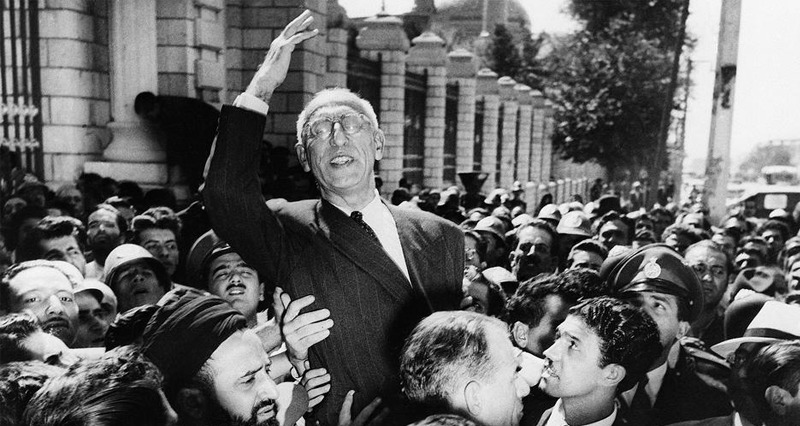
On March 15, 1951, the Majlis, or national parliament, passed a momentous decision to nationalize the oil industry, which cut short the plundering of the country’s mineral wealth by overseas corporations. The move dealt a telling blow to imperialism in the Middle East but the struggle of the Iranian people against the oil imperialists didn’t stop there. Although all the plants and oilfields controlled by the AIOC went over to the National Iranian Oil Company (NIOC), Tehran found the unimpeded sales of its own oil impossible, as it came to face with a boycott. The AIOC declared the Iranian oil to be the stolen one and refused to buy it. It filed lawsuits with the UN over every deal with the oil that involved the third parties and then Royal Navy even began to stop the Iranian tankers.
At was at this point that the US threw its shoulder into the battle for Iranian oil resources. The Americans tried hard on two fronts – to support Britain as its staunch NATO ally and to grant access for their own multinationals to the slabs of the Iranian oil sector that had previously belonged to their British contenders.
Driven by these cravings, the imperialists joined forces and devised a plan for a state coup in Iran. The joint operation by the CIA and MI6, codenamed Ajax, dislodged the Mossadegh government. The next cabinet didn’t have the capability for standing up to two foreign powers at a time and surrendered to the oil imperialism. Shah Mohammad Reza Pahlavi, a puppet ruler, returned to his homeland and revoked nationalization of the oil sector.
On April 10, 1954, an agreement on setting up the Iranian Oil Participants Ltd. international consortium for developing the Iranian oilfields was signed. The AIOC transformed into British Petroleum and got a 40 percent stake in the consortium. The British-Dutch Royal Dutch Shell received 14 percent in it, the Big Five of the US (comprising Gulf Oil, Socal, Esso, Socony, and Texaco) – 40 percent, and Compagnie francaise des petroles (Total nowadays) – 6 percent. The agreement allowed the foreign colonizers to seize hold of Iranian oil riches for the next 25 years.
As the legal effect of the document terminated in 1979, the leader of the Islamic Revolution, ayatollah Khomeini, stripped the imperialists of the right to own the Iranian oil industry once and for all. He took away from them all the assets that used to belong to the consortium and the Iranian government renationalized the oil sector.
Yet the attempts on the Iranian oil didn’t stop. Enraged by Iran’s independence, the imperialists continued undertaking ever more new attacks in a bid to paralyze the production of oil in the Islamic Republic.
The US froze all the Iranian assets and gold reserves in American banks (under the November 14, 1979, Executive Order 12170) after the Iranian students took hostage the US diplomats on the compound of the US embassy in Tehran – an action known as the Iran Hostage crisis. Oil revenues made up the bulk of the financial assets, or about $ 12 bln. In addition, Washington imposed the sanctions forbidding any business with Iran for the US corporations and/or individuals, as well as participation in joint ventures with Iranian companies, including oil industry outlets. Alongside with the ban, the Americans continued buying Iranian oil through third countries, for instance, Switzerland (Marc Rich + Co AG).
In 1988, the US made a ploy of fact that Iran was entangled heavily in years-long fierce war with Iraq. The Americans braced themselves to taking the toughest possible measures – the seizure of Iranian oilrigs or tankers or their forthright destruction. They wanted to prevent the Iranian black gold, which had previously brought massive gains to their own treasury, from bringing any dividends to the Iranians. As part of the effort, the US Navy conducted Operation Praying Mantis against the Iranian oilrigs Sassen and Rakshs in the Persian Gulf in 1988.
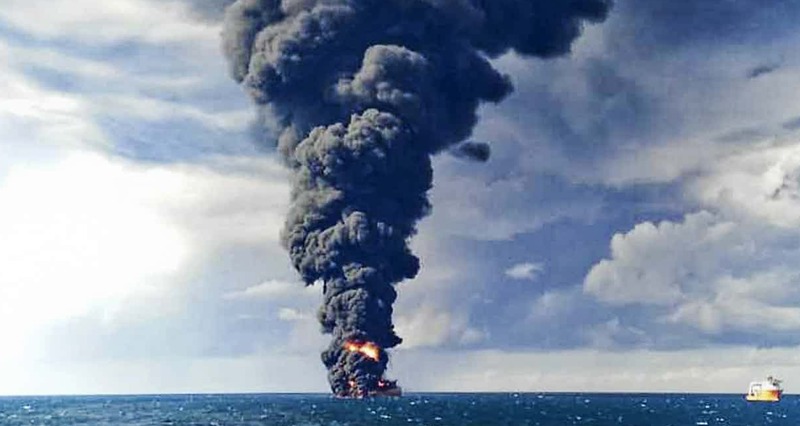
President Bill Clinton blocked a deal between Conoco and NIOC on March 15, 1995 that aimed to explore two oilfields off the Iranian coast (the first large transaction since 1979). This was followed by the May 8, 1995, Executive Order whereby the purchases of Iranian oil for further sales to third countries were forbidden for US companies.
The Americans tried hard throughout the subsequent years to harshen the conditions for the Iranian oil sector to the maximum through embargo on bank transactions and sanctions on insuring tankers and other ships loaded with Iranian oil.
Saudi Arabia proved handy as an extra lever for wielding pressure on Iran. As the most reliable US satellite in the Middle East and the leading actor in OPEC, Riyadh lobbied for the US interests and checked all the steps within the oil cartel that might bring benefits to the Iranian oil industry.
A brief lull that followed the signing of the Iran nuclear deal in 2015 and led up to a partial lifting of the anti-Iranian sanctions gave Iran the only break in the attacks on its oil industry. The country had an opportunity to increase output at the mothballed oil wells and to enlarge the list of importers of its oil.
Expansionism spearheaded against Iran resumed in 2018 following Donald Trump’s arrival at power in the US. It included the oil sector, too. Trump revived the earlier lifted sanctions that embraced the sales of Iranian oil. He vowed to reduce its exports to naught. His calculus, however, left out many factors. No one will be able to colonize or to paralyze the Iranian oil production now in the same way as in 1954. Times have changed.
In spite of many long years of hostile attempts and malicious designs of imperialist powers, the Iranian oil industry has not perished. It has been developing at a measured pace and has eventually made substantial progress. At present, Iranian companies produce more than 90 percent equipment needed for keeping oil enterprises operational. In contrast with 1951, Iran has attained a practical level of self-reliance.
In addition to it, new actors have emerged in the international arena and Iran has built smoothly-working diplomatic and trade relations with them. It has invited the countries as important as China and Russia, whose influence is turning into a headache for Washington, to its hydrocarbon industry. Turkey, a major importer of Iranian oil and gas has taken a tough stance on the US sanctions against Tehran and is not going to let Trump lead itself by the nose. India, Japan and South Korea, also important buyers of Iranian oil, are not prepared to renounce oil purchases from Tehran.
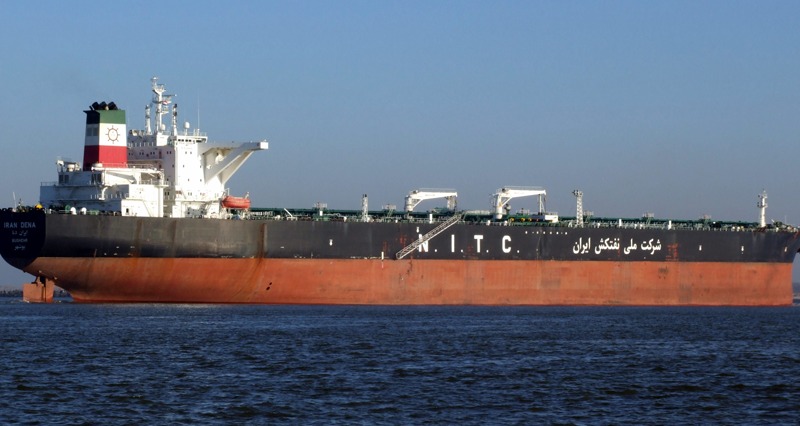
Besides, Reuters, The Financial Times and other media in the countries that formerly colonized Iranian oil say that Tehran has begun to use ghost tankers for transporting oil in bypass of sanctions. The ships cruise with the automatic identification system (AIS) transmitters switched off, which makes their tracking impossible. The Iranian authorities neither confirm nor disprove the reports.
Nonetheless, one thing is clear. Given the above-said factors, the imperialists have a really slim chance to grab control over Iranian oil again.
It is not the puppet shah Pahlavi who holds the reins of power in Tehran today. Iranian Army is one of the strongest in the Middle East and Tehran has the strongest powers on the list of its strategic partners, the ones that are conducting information, trade and ideological struggle with the US imperialist, hegemonic strivings. That is why March 15, Oil Nationalization Day in Iran, duly gives the people of Iran a solid reason for proud celebrations without fear for the future of their oil riches.







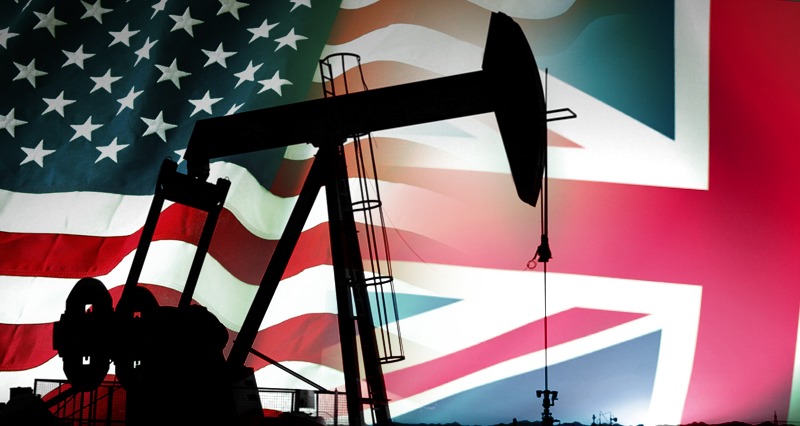







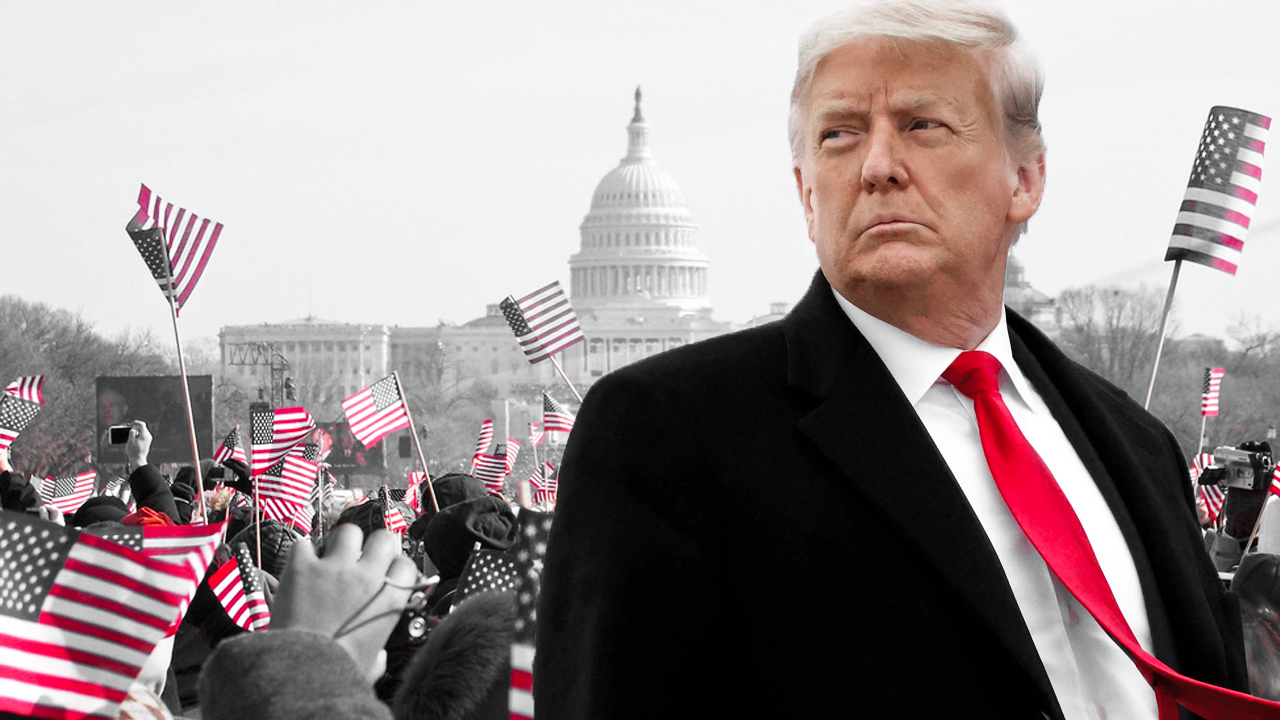

Leave a Reply